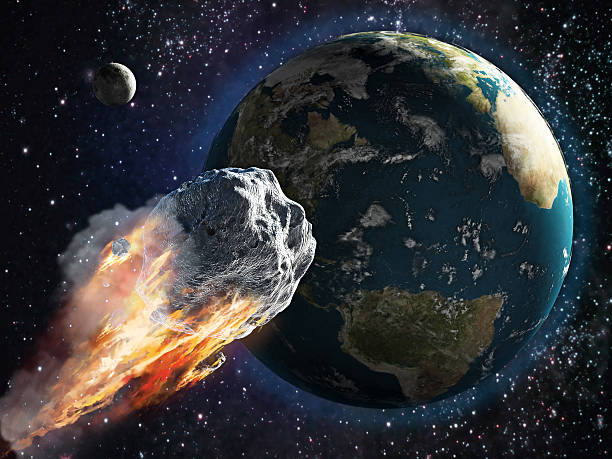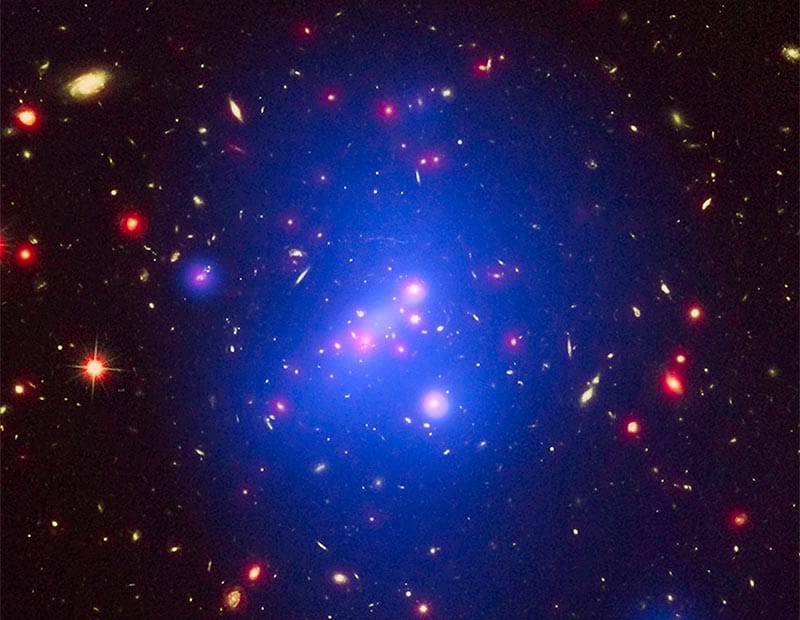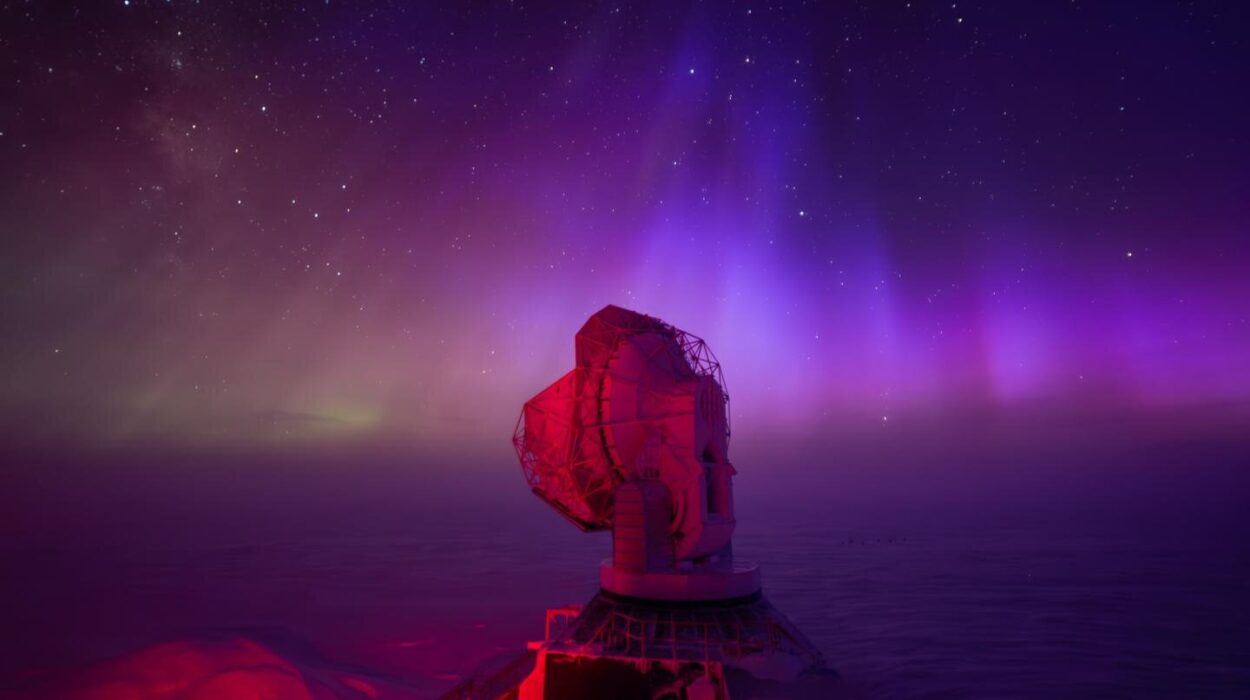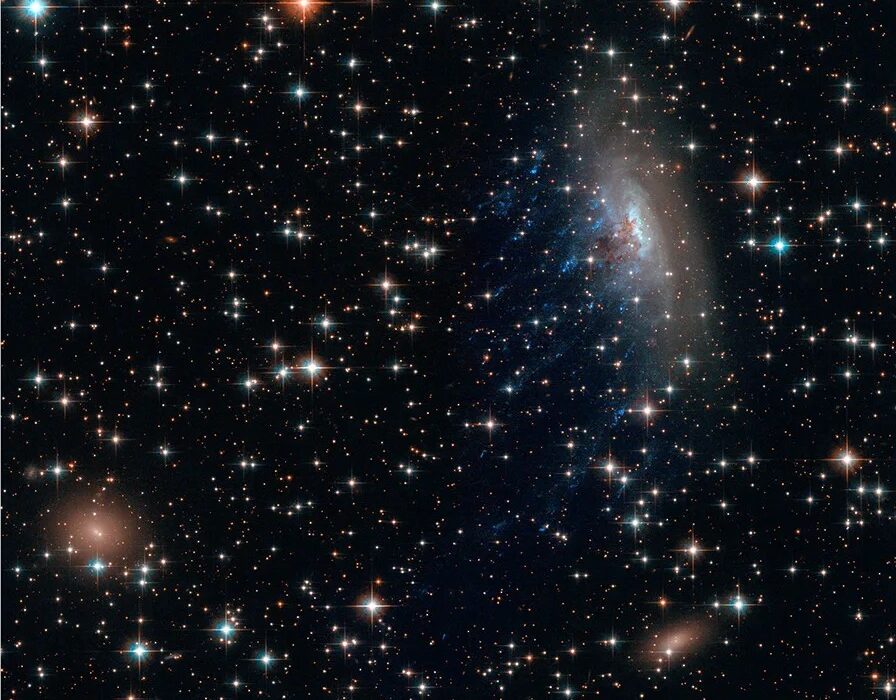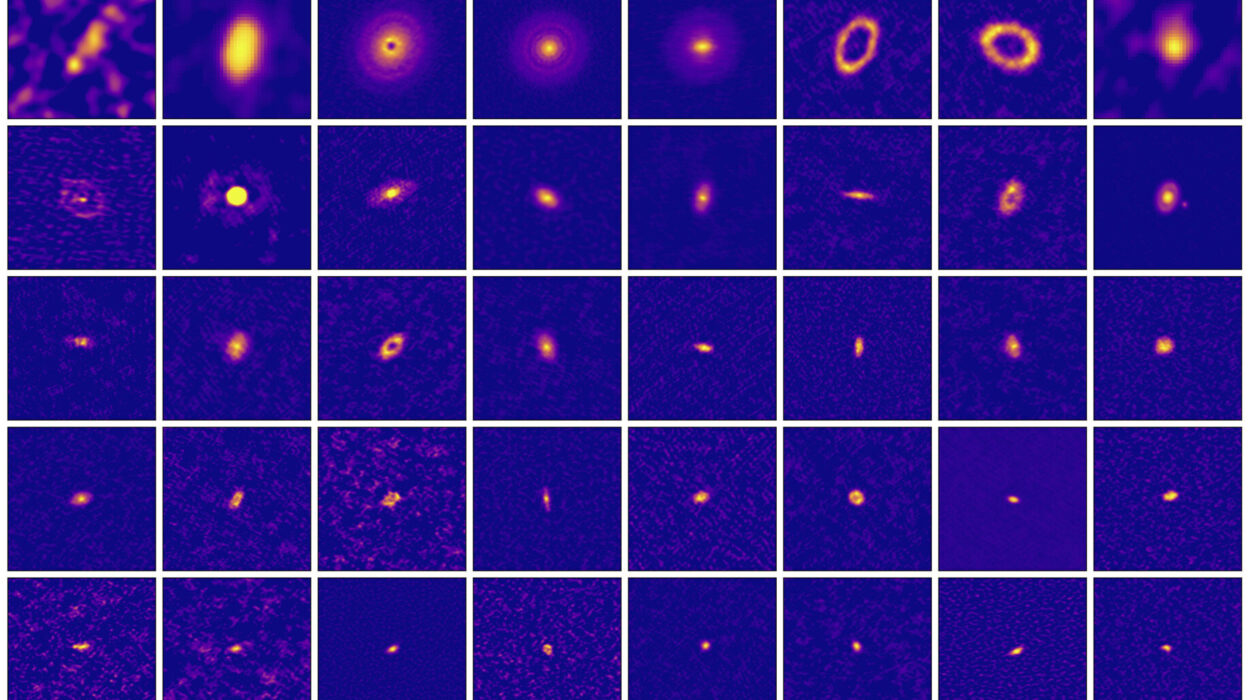In a quiet corner of the universe, 1,300 light-years from Earth, a miracle is unfolding. There, nestled deep in the Orion Molecular Cloud, a baby star named HOPS-315 pulses with the gentle glow of youth. Surrounding it is a hazy cocoon—a swirling disk of dust and gas from which something extraordinary is beginning to emerge. For the first time in astronomical history, scientists have captured the very earliest moment when planets start to form around a star other than our own.
Using the combined power of the James Webb Space Telescope (JWST) and the Atacama Large Millimeter/submillimeter Array (ALMA) in Chile’s Atacama Desert, researchers have witnessed a process that until now has only been imagined: the birth of solid planetary seeds, the mineral specks that may one day become worlds.
“This is a snapshot of a planetary system in its infancy,” says Melissa McClure, lead author of the groundbreaking study and a professor at Leiden University. “We’ve never caught this moment before—not in our solar system, and not anywhere else in the cosmos.”
The study, published in Nature, does more than extend the frontiers of knowledge. It offers a glimpse into our own past—a window through time, to the days when our solar system was little more than dust and fire.
A Star Like Ours, at the Dawn of Time
The star at the heart of this discovery, HOPS-315, is more than just an astronomical object. It’s a mirror of our own sun’s earliest days. Classified as a protostar, HOPS-315 is still in the process of forming, drawing in material from its surrounding disk. This stage of stellar evolution is brief on a cosmic scale, lasting only a few hundred thousand years—a blink of time compared to the 4.6 billion years our sun has aged.
Around such young stars, astronomers often see protoplanetary disks—spinning rings of gas and dust that are the raw materials of planets. In past observations, scientists have spotted fully formed gas giants within these disks, massive worlds like Jupiter already born. But until now, they had never seen the first ingredients of planet formation as they begin to take shape.
McClure and her team set out not just to observe these disks, but to reach deeper—to find the very first condensates, the tiny mineral grains that mark the beginning of planetary evolution. It’s these grains that will one day collide, stick together, and form the building blocks of planets: from icy worlds to rocky cores like Earth’s.
The Signature of Stardust
To detect the earliest signs of solid matter, the team used JWST’s infrared instruments to search for the spectral fingerprints of silicon monoxide (SiO)—a molecule known to appear during the condensation of high-temperature minerals in young planetary systems. These same minerals are found today locked inside ancient meteorites that have fallen to Earth, acting as time capsules of our solar system’s own chaotic youth.
What the researchers discovered was both thrilling and profound.
The data revealed SiO present in two forms: as a hot gas, and also embedded in solid crystalline minerals. This meant that condensation—the process by which gas cools and begins to solidify into mineral grains—was already happening in the disk around HOPS-315. These hot solids represent the very first stage of planet formation, a moment never before seen beyond our solar neighborhood.
“This process has never been observed outside of our solar system,” says Edwin Bergin, a co-author and professor at the University of Michigan. “We’re watching, for the first time, the very beginning of planet formation—the earliest chemical steps toward making worlds.”
Mapping the Zone of Origins
But finding these minerals was only part of the puzzle. The team wanted to know where in the disk they were forming. That’s where ALMA came in, with its extraordinary ability to resolve fine details in the cold, dusty regions of space.
By pairing the infrared data from JWST with the radio signals captured by ALMA, the scientists could pinpoint the precise location of the mineral condensation: a tight band in the inner disk of HOPS-315, roughly equivalent in scale to the asteroid belt in our own solar system. This is no coincidence.
Meteorites from our solar system’s asteroid belt—some older than Earth itself—contain these exact same minerals. Their presence around HOPS-315 suggests that this young system may be following the same evolutionary path as our own, giving scientists a real-time model for what the early days of the solar system looked like.
Logan Francis, a postdoctoral researcher at Leiden University and co-author of the study, explains the significance: “We’re seeing these minerals in the exact same region around HOPS-315 where we see them in our own system’s asteroids. It’s like looking at a baby picture of the solar system—only this one is still developing.”
A Universe of Dust and Dreams
Planetary formation doesn’t begin with planets. It begins with dust—microscopic particles floating through interstellar space, slowly gathering in the gravitational pull of stars-in-the-making. These grains begin to collide, clump together, and fuse into larger bodies. Over millions of years, they grow into planetesimals, kilometer-sized rocks that are the seeds of planets.
This growth is messy, chaotic, and sometimes violent. But the earliest step is beautifully subtle: the moment gas becomes crystal, and minerals begin to emerge. Catching this moment is like watching the first cell divide in a forming embryo. It is the dawn of structure, the beginning of potential.
Until now, this phase had only been inferred from ancient meteorites and theoretical models. But in the disk around HOPS-315, the transformation is visible. We are no longer guessing—we are watching.
Looking Back to Understand Ourselves
This discovery is not just a victory for astronomy; it is a revelation about origins—about where we came from, and how everything familiar began. Earth, with its mountains, oceans, and life, began as dust like this. So did Jupiter and Mars. So did the comets that crash through our skies and the moons that orbit our neighboring worlds.
Understanding the chemistry and physics of planet formation means understanding our own history. As Merel van ’t Hoff of Purdue University puts it, “We’re seeing a system that looks like what our solar system looked like when it was just beginning to form.”
The implications stretch beyond science. They touch something deeper—the universal human yearning to understand where we came from, and whether we are alone. If we can witness planet formation around a star 1,300 light-years away, we may one day witness the birth of life elsewhere in the universe.
Eyes on the Future
The success of this study lies in the extraordinary synergy between two of the world’s most advanced observatories. JWST, with its cutting-edge infrared vision, peers into the warm, dusty hearts of young systems. ALMA, with its sprawling array of antennas in the Chilean desert, can map cold structures with exquisite precision. Together, they form a window into the most intimate moments of cosmic birth.
Elizabeth Humphreys, the European ALMA Program Manager at ESO, who was not part of the study, praised the results: “This is a remarkable example of how JWST and ALMA can work hand-in-hand to unravel the secrets of planet formation. It’s a major leap forward.”
And it is only the beginning.
As astronomers turn their eyes to other young stars like HOPS-315, we can expect a flood of new discoveries—each one peeling back another layer of mystery from the origins of solar systems, and perhaps life itself.
From Stardust to Story
The tale of HOPS-315 is a cosmic origin story still being written. It began with stardust. Now it holds the promise of planets, maybe even the conditions for life in some far-off future. For now, it reminds us of something elemental—that we, too, came from this same process. Every grain of sand, every breath of air, every heartbeat traces its roots back to this universal dance of dust and fire.
To glimpse the birth of another planetary system is to look into a mirror not of who we are now, but of who we once were.
Reference: Melissa McClure, Refractory solid condensation detected in an embedded protoplanetary disk, Nature (2025). DOI: 10.1038/s41586-025-09163-z

